The Changing Narrative in Shoe Tech
In the first article of this trilogy (with this article we’re two-thirds finished) we talked about the first running boom in the second half of the 1970’s that drove a great deal of the innovation still used today in shoes. With three categories of shoes firmly in place, Neutral, Stability and Motion Control, the brands were primed and ready for the next running boom.
That second running boom started in 1994. That year in October Oprah Winfrey ran her first and only marathon at the Marine Corp Marathon. The true impact on the entire market, running events, running stores and running shoes was not felt for a few years but this was impactful. It’s also important to note the first websites dedicated to running started around this same time.
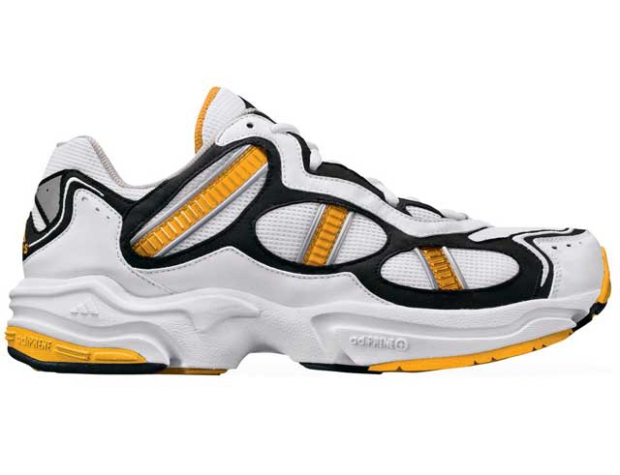
The year 1998 saw the launch of two big things in running: A shoe that changed the face of stability and an event that changed running. The shoe was the Adidas Supernova (pictured above). It was not a beautiful shoe; in fact it had many things “wrong” with it but its important elements carried it for a decade. The basic geometry of that shoe was first emulated by ASICS for its GT. The GT, when first produced, was good but not great. Once ASICS picked up on the geometry of the Supernova the shoe became great. In 1999 and 2000 the GT established itself as the go-to stability shoe in running worldwide.
Brooks? As legend has it, the owner of the iconic Seattle tech running store Super Jock n Jill handed Brooks the Supernova and said “Make the forefoot just like this.” The 2001 Adrenaline GTS surprised all and started that brand on a now 17-year run of year-over-year growth.
It wasn’t the shoes that made the market, though; it was the runners. In 1998 an event group in San Diego launched in its hometown the largest-ever first-time marathon: The Rock n Roll Marathon. They made the marathon fun, and they helped mainstream running for charity. Those two things turned the marathon upside down.
For so many years the marathon was a man’s race. Remember, it was only in 1967 that Kathy Switzer ran a marathon as an official entrant. It wasn’t until 1984 that the women’s marathon was added to the Olympics. Every marathon leading up to the race in San Diego was heavily populated by men. Oprah ran her marathon only 3 and-a-half years earlier. The San Diego Rock n Roll Marathon was the first marathon in history with women fifty-five percent of the runners. The women’s running boom was in full swing.
The influx of new runners brought more of everything to the market. The number of running stores in the USA doubled between 1998 and 2008. The number of marathons also doubled. The breadth of running shoe models increased apace. Before 1998 racing flats provided a good business for most retailers. With these new runners driving the business, sales of racing flats fell away (that business moved to on-line retailers) and attention-to-cushion took over. Shoes like the Gel Nimbus (1999, and pictured below) and the Brooks Glycerin (2003) and many more like these became fixtures on the running shoe wall.
Stability continued to be the shoe of choice for retailers and runners alike. Any runner with a small amount of foot rotation was put into Stability. The bulk of that business was done through the GT 2000 from ASICS, The Adrenaline GTS from Brooks and the Gel Kayano from ASICS. Every brand made similar shoes but these were the workhorses.
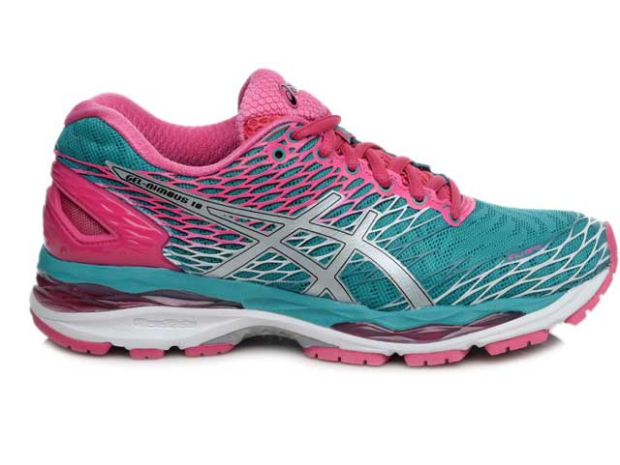
Important to note for both the GT and Adrenaline GTS: The women’s model became the bigger seller. The men’s model continued to increase in pairs sold but women’s sales outpaced men’s. That Supernova (Classic) that helped inject mojo into the GT 2000 and Adrenaline GTS their remained in the Adidas line until the mold became too worn out to build the shoe any more. That shoe went 10 years completely unchanged.
In 2009 another major event changed the way running shoes were made. The book by Christopher McDougall, Born to Run, published in 2009, is credited with starting a movement. The concept, and attendant shoe construction, actually rolled out from Nike in 2003. It was the Stanford distance runners running on a golf course barefoot that piqued the interest of the “Kitchen” at Nike. In 2003 Nike launched in a very small and calculated way a tool for runners called Nike Free. The shoe destroyed all the norms of making a running shoe and the “barefoot” or natural running movement began.
In 2009 McDougal brought natural running mainstream, creating a running shoe revolution. People started running in shoes with toes. The Vibram 5 Fingers became a big thing. Note, this was not a running boom. It didn’t bring more runners to the market. What it did, though, was change the way runners thought about running shoes. The Internet also helped because it gave runners a forum to voice their questions and opinions about running shoes.
For the first time in 20 years pressure was applied to the Stability shoe. Armed with knowledge of midfoot running and a belief that minimalism would get you there, runners entering the market for the first time started making their own decisions about what shoe is best, and the running stores stopped throwing Stability on everyone.
We’re not done! We’re just done for today. Minimalism is still a major trend today in running shoe design, and we’ll talk about that. Minimalism changed the thought process on what made a great shoe and, because of that, terms-of-art like Stability and Motion Control have less meaning. We’ll also talk about the wave of new brands that started in 2007, but emerging from that wave came a brand that has moved ahead of one of the top-7 shoe companies.


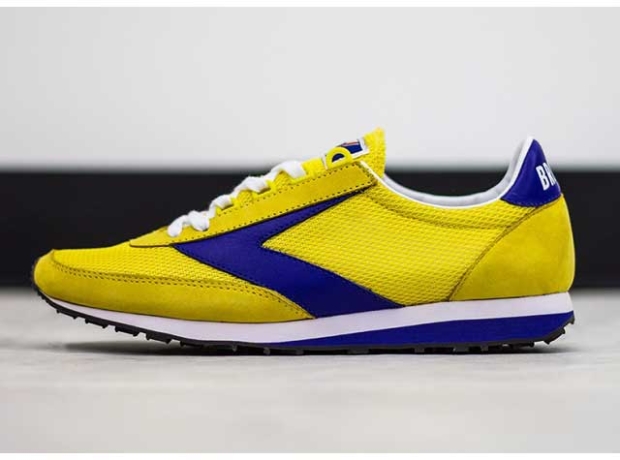
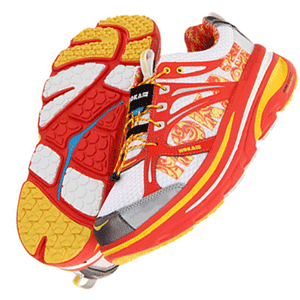
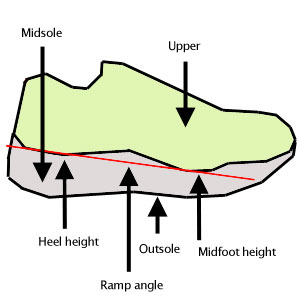
Start the discussion at forum.slowtwitch.com